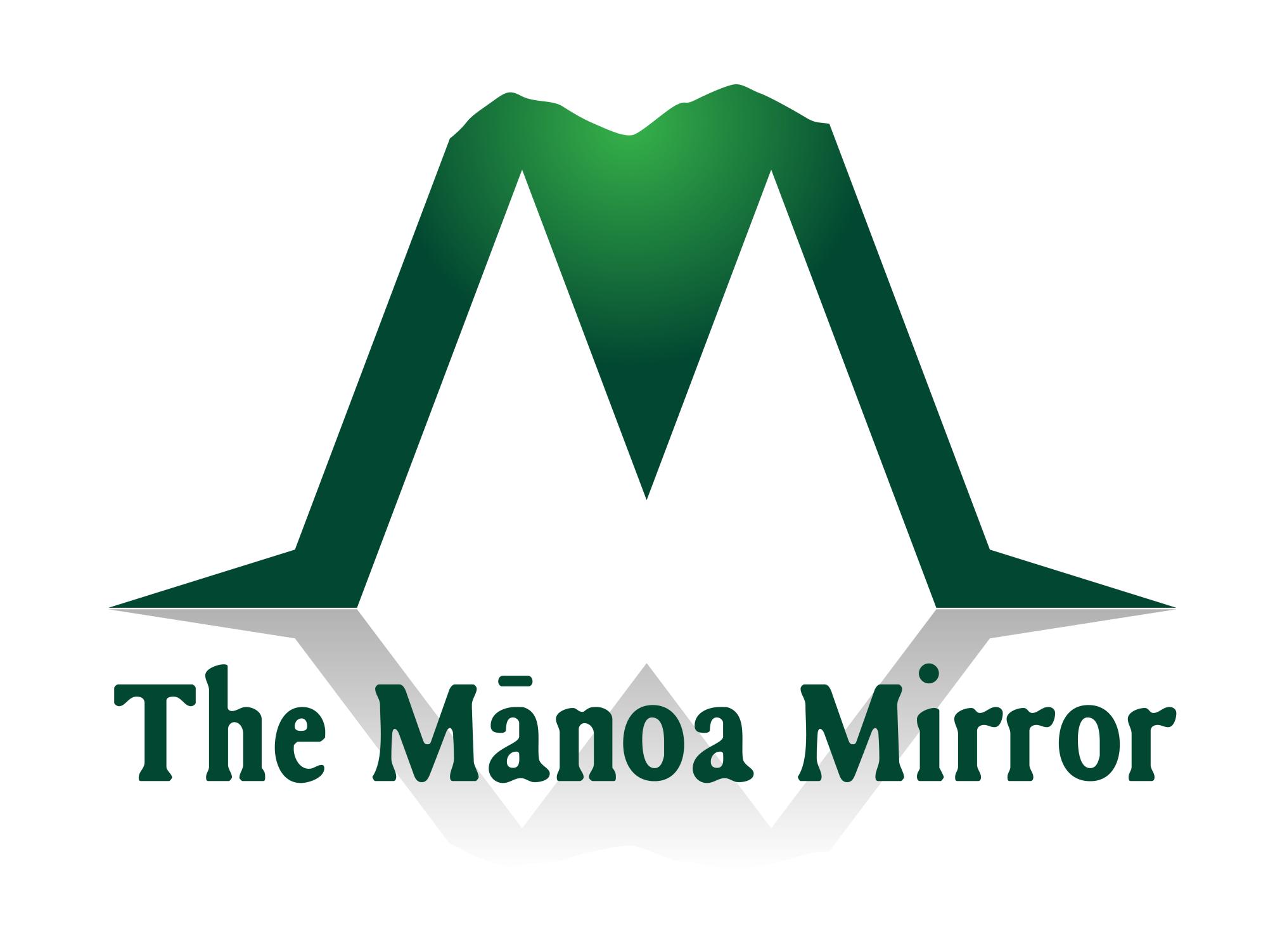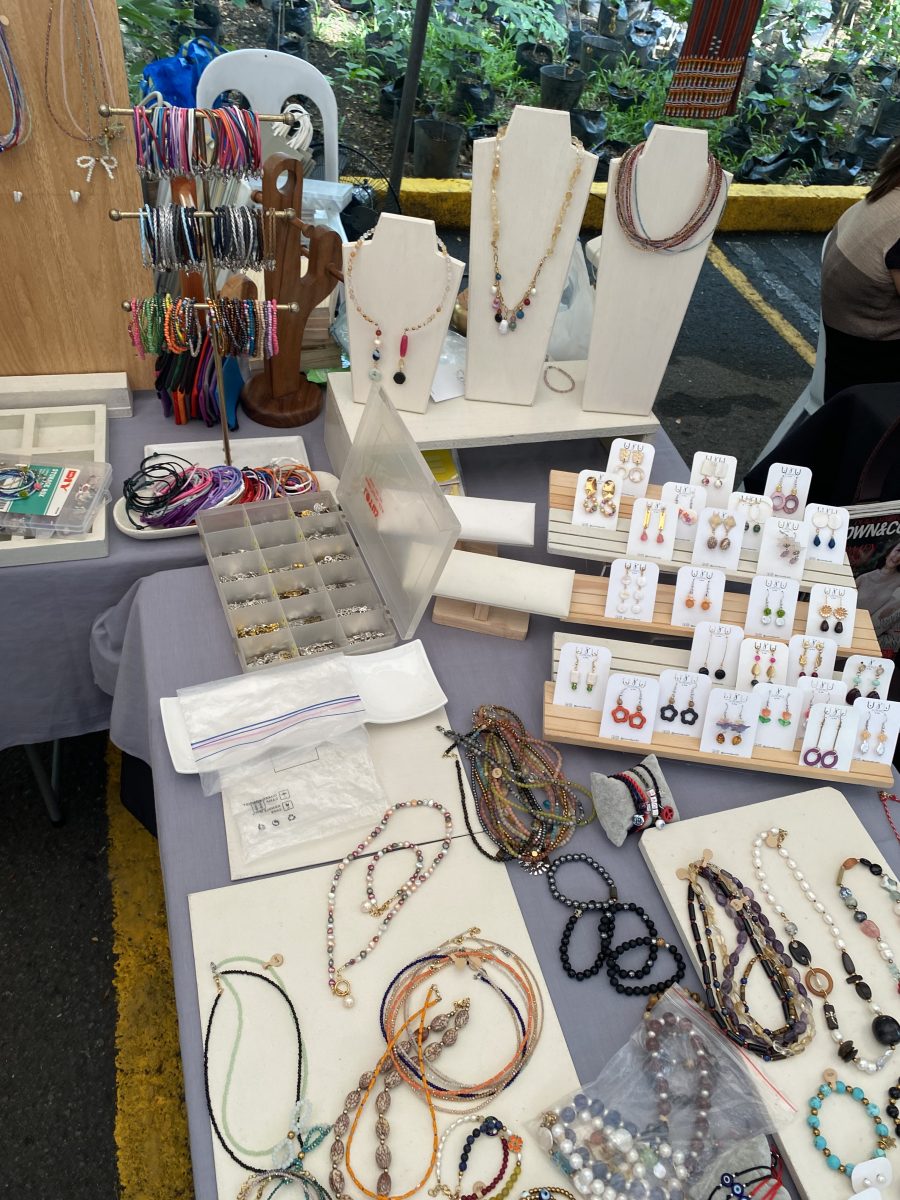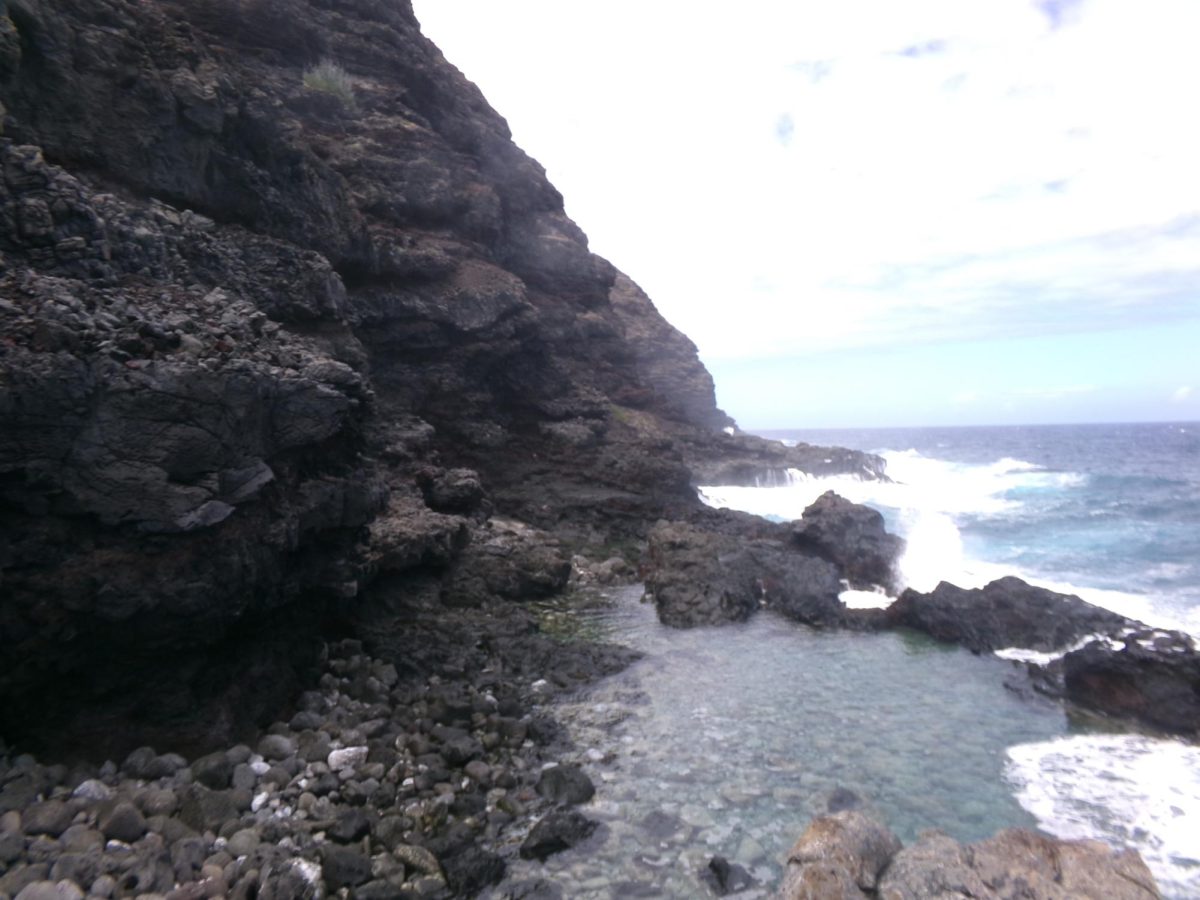The Philippines is a maelstrom of news narratives and breaking stories fueled in part by a tide of 86 million social media users, many of whom are not just consuming news but making it also.
The challenge, as Audrey Domasian, social media manager for GMA, a major news platform in the country, told the East-West Center International Media Conference, is that not all of the information flooding peoples handhelds and computers is reliable. Some is false.
“It’s really problematic because we’re going to have our elections again, senatorial elections, by next year and we expect to see this all over again,” Domasian said in her presentation, showcasing a 2018 study that explained the damage disinformation businesses had caused, particularly during past elections.
Domasian was one of three experts featured in a panel exploring new tools for verification and fact-checking in a media environment ever more polluted with false information. Mediating the hour was UH Mānoa’s very own adjunct professor, David Usborne.
“Fake news, whether you call it fake news or propaganda, or misinformation, has been a feature of human communication, all the way back to the times of the Roman Empire, it’s not that new,” Usborne noted. But he added: “Today, it’s reaching this sort of crisis level and it’s becoming a challenge more now than ever before.”.
Joining the discussion was Sayed Nazakat, CEO and founder of DataLEADS, and Art Min head of partnerships at TrueMedia.org.
Highlighting the unique conditions in her country and GMA’s efforts both to tame it and flourish in it, Domasian noted that the Philippines ranks third in the world for its daily consumption of internet time, averaging 8 hours and 52 minutes daily.
Without knowing how to decipher between real and fake media, the country has fallen victim to the booming number of disinformation businesses that are popping up in all digital corners, spreading false, yet compelling messages as a means to divide the country on crucial issues, ranging from politics to humanitarian issues.
“You are not just dealing with one or two minor players here. They capitalize, they use the legitimacy of the media, they trash it, they fake it out, they create deepfakes to borrow that legitimacy to create fake information,” Domasian continued.
One of GMA’s ways to combat these issues is through education, offering a nine-video long series on how members of the general public can debunk and recognize false information online.
Similar efforts have been integrated into India by Nazakat’s DataLEADS. “We train almost every editor, every fact checker, every political editor on fact checking. Today, because of all this work, India has the highest number of fact checkers in the world,” Nazakat said.
The company offers workshops across the country’s 100,000+ newsrooms on how to successfully conduct fact checking, stating that their goal is to fight for Indian democracy and avoid manipulation ahead of elections.
DataLEAKS reports revealed to Nazakat and his team that 86% of the misinformation they debunked were in visual content form, whereas deep fakes, which they initially presumed would rank highest, only amounted to 2%.
DataLEAKS has analyzed over 3,000 stories thus far and has locations in 50 countries. Nazakat said the company’s founding led to some of the largest companies in India collaborating for the first time in history, yet again emphasizing the importance of safety.
From TrueMedia, which offers newsrooms across the United States a newly-launched tool to identify deep-fake imagery, Min explained that the company has been seeing more deep fakes and forms of disinformation popping up more frequently as the 2024 US elections near.
The tool gives the media industry to prepare in advance for the wave of deepfaked imagery that is surely coming, Min explained, asking attendees to imagine who much better off the world would have if it had a warning that Covid was coming six months ahead of time.
“I was thinking about other crises in the past and how we could have averted crisis or mitigated the impact and one that came to mind was Covid,” Min said. “You got six months or a year to prepare for that, what do you think we would’ve done differently? Now that we know these election dates, what can we do differently today?”





















